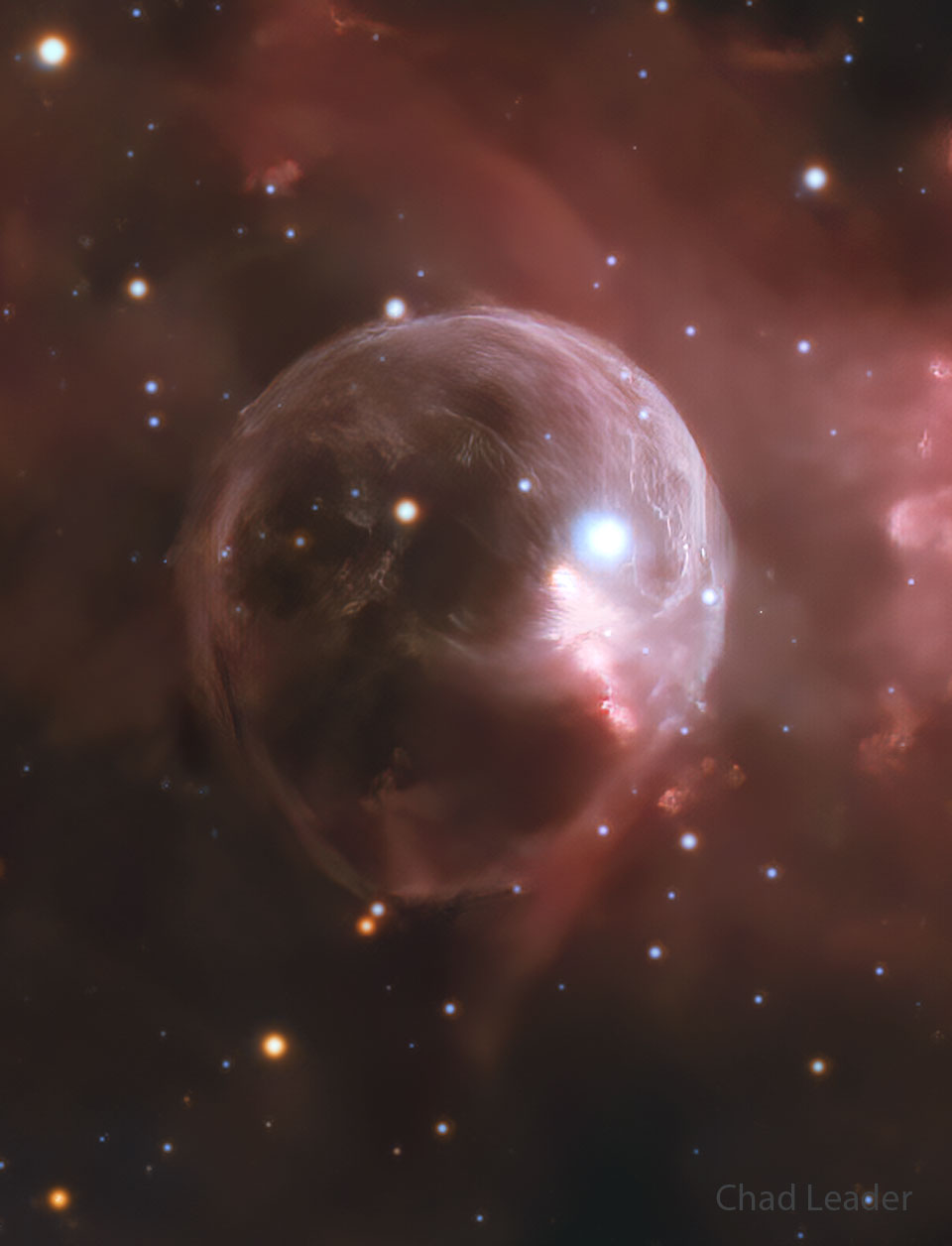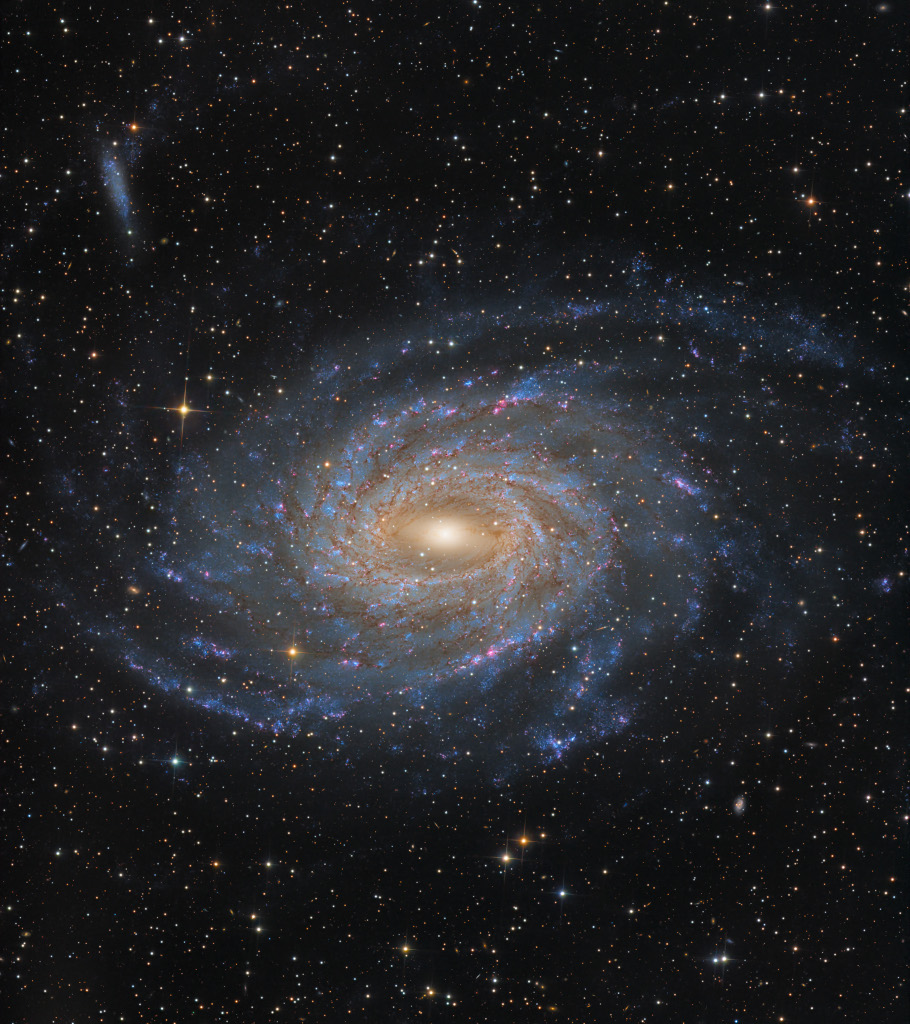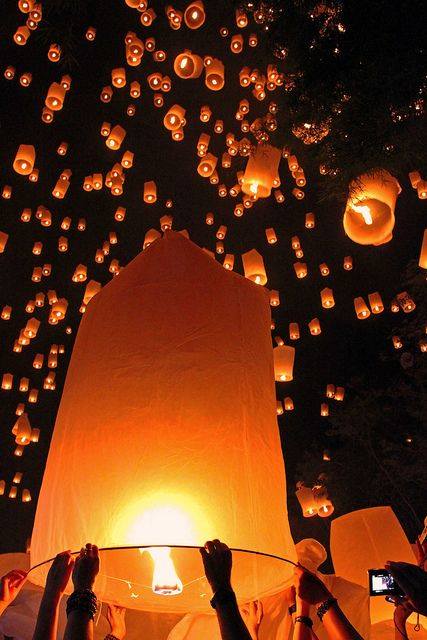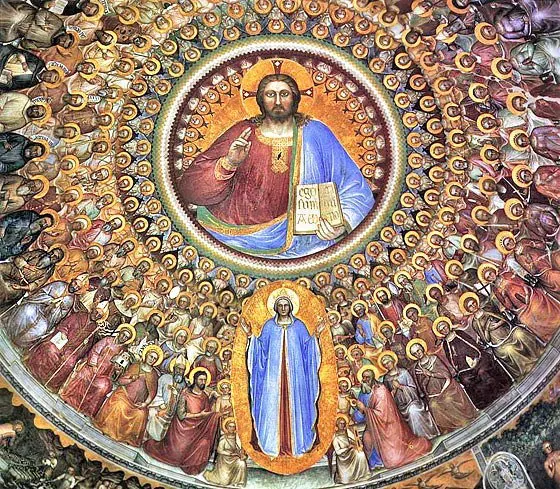Blog
Mable John (November 3, 1930 – August 25, 2022) was an American blues vocalist and was the first female artist signed by Berry Gordy to Motown‘s Tamla label.
John was born in Bastrop, Louisiana, on November 3, 1930, the eldest of at least nine siblings. At a very young age, she and her parents, Mertis and Lillie (Robinson) John, moved north into Arkansas, where her father got a job in a paper mill near Cullendale, where four of her brothers (including R&B singer Little Willie John) and two sisters were born. In 1960, she released her first Tamla single, “Who Wouldn’t Love a Man Like That?,” a romantic blues number, to no success. John followed with “No Love” in June of that year and then with “Actions Speak Louder Than Words” by year’s end. While Motown was beginning to have success with acts like the Miracles and the Marvelettes (and later Martha & the Vandellas and the Supremes, both of whom had sung background vocals for John) that appealed to teenagers and young adults, it was making no impact in the established blues market. As a result, Gordy soon thinned out his roster of early blues artists. While John continued to be used as a background singer, Gordy dissolved her contract in 1962.
more...Joseph H. Turner (November 3, 1907 – July 21, 1990) was an American jazz pianist.
One of the masters of the stride piano style associated with Harlem, New York City, Turner gained his first big musical break in 1928 when he was hired for the Benny Carter Orchestra. Another break was his work accompanying Adelaide Hall, sometimes alongside Art Tatum, in the early 1930s. He also played with Louis Armstrong. After World War II, he settled in Europe, living in Paris from 1962, appeared regularly on French national television and released over a dozen albums. He played at La Calavodos, a nightclub situated near the Champs Elysees until his death from a heart attack in 1990, at the age of 82.
more...Blown by the wind from a star, this tantalizing, head-like apparition is cataloged as NGC 7635, but known simply as the Bubble Nebula. The featured striking view utilizes a long exposure to reveal the intricate details of this cosmic bubble and its environment. Although it looks delicate, the 10 light-year diameter bubble offers evidence of violent processes at work. Seen here above and right of the Bubble‘s center, a bright hot star is embedded in the nebula’s reflecting dust. A fierce stellar wind and intense radiation from the star, which likely has a mass 10 to 20 times that of the Sun, has blasted out the structure of glowing gas against denser material in a surrounding molecular cloud. The intriguing Bubble Nebula lies a mere 11,000 light-years away toward the boastful constellation Cassiopeia.

Keith Noel Emerson (2 November 1944 – 11 March 2016) was an English keyboardist, songwriter, composer and record producer. He played keyboards in a number of bands before finding his first commercial success with the Nice in the late 1960s. He became internationally famous for his work with the Nice, which included writing rock arrangements of classical music. After leaving the Nice in 1970, he was a founding member of Emerson, Lake & Palmer (ELP), one of the early progressive rocksupergroups.
Emerson, Lake & Palmer were commercially successful through much of the 1970s, becoming one of the best-known progressive rock groups of the era. Emerson wrote and arranged much of ELP’s music on albums such as Tarkus (1971) and Brain Salad Surgery (1973), combining his own original compositions with classical or traditional pieces adapted into a rock format. Following ELP’s break-up at the end of the 1970s, Emerson pursued a solo career, composed several film soundtracks, and formed the bands Emerson, Lake & Powell and 3 to carry on in the style of ELP. In the early 1990s, ELP reunited for two more albums and several tours before breaking up again in the late 1990s. Emerson also reunited The Nice in 2002 and 2003 for a tour.
During the 2000s, Emerson resumed his solo career, including touring with his own Keith Emerson Band featuring guitarist Dave Kilminster, then replaced by Marc Bonilla, and collaborating with several orchestras. He reunited with ELP bandmate Greg Lake in 2010 for a duo tour, culminating in a one-off ELP reunion show in London to celebrate the band’s 40th anniversary. Emerson’s last album, The Three Fates Project, with Marc Bonilla and Terje Mikkelsen, was released in 2012. Emerson reportedly suffered from depression, and since 1993 developed nerve damage that hampered his playing, making him anxious about upcoming performances. He died of a self-inflicted gunshot wound on 11 March 2016 at his home in Santa Monica, California.
more...Philip Wells Woods (November 2, 1931 – September 29, 2015) was an American jazz alto saxophonist, clarinetist, bandleader, and composer. Woods was born in Springfield, Massachusetts. After inheriting a saxophone at age 12, he began taking lessons from Harvey LaRose at a local music shop. His heroes on the alto saxophone included Benny Carter and Johnny Hodges. He studied music with Lennie Tristano at the Manhattan School of Music and at the Juilliard School. His friend, Joe Lopes, coached him on clarinet as there was no saxophone major at Juilliard at the time and received a bachelor’s degree in 1952. Although he did not copy Charlie Parker, Woods was known as the New Bird, a nickname also given to other alto saxophone players such as Sonny Stitt and Cannonball Adderley.
more...Friday November 1st 2024. 6:00 p.m. Nefesh Erev Shabbat Service: The Religious Imperative to Save the Earth music with Inbla-Sharett-Singer, Jayson Rodovsky, Jeff Bailey, Pete Whitman and mick laBriola.
more...Big, beautiful spiral galaxy NGC 6744 is nearly 175,000 light-years across, larger than our own Milky Way. It lies some 30 million light-years distant in the southern constellation Pavo but appears as only a faint smudge in the eyepiece of a small telescope. We see the disk of the nearby island universe tilted towards our line of sight in this remarkably deep and detailed galaxy portrait, a telescopic image that spans an area about the angular size of a full moon. In it, the giant galaxy’s elongated yellowish core is dominated by the light from old, cool stars. Beyond the core, grand spiral arms are filled with young blue star clusters and speckled with pinkish star forming regions. An extended arm sweeps past smaller satellite galaxy NGC 6744A at the upper left. NGC 6744’s galactic companion is reminiscent of the Milky Way’s satellite galaxy the Large Magellanic Cloud.

Lyle Pearce Lovett (born November 1, 1957 Houston, TX) is an American country singer. Active since 1980, he has recorded 14 albums and released 25 singles to date, including his highest entry, the number 10 chart hit on the U.S. Billboard Hot Country Songs chart, “Cowboy Man”. Lovett has won four Grammy Awards, including Best Male Country Vocal Performance and Best Country Album. His most recent album is 12th of June, released in 2022.
more...November 1st 1955
Seven-time Grammy-nominated percussionist, US Artists Fontanals Fellow, and 2013-2014 SFJAZZ Resident Artistic Director, John Santos, is one of the foremost exponents of Afro-Latin music in the world today.
Born in San Francisco, California, November 1, 1955, he was raised in the Puerto Rican and Cape Verdean traditions of his family, surrounded by music. The fertile musical environment of the San Francisco Bay Area shaped his career in a unique way.
His studies of Afro-Latin music have included several trips to New York, Puerto Rico, Cuba, Brazil and Colombia. He is known for his innovative use of traditional forms and instruments in combination with contemporary music, and has earned much respect and recognition as a prolific performer, composer, teacher, writer, radio programmer, and record/event producer whose career has spanned five decades. John has performed and/or recorded with acknowledged, multi-generational masters such as Cachao, Dizzy Gillespie, Tito Puente, Bebo Valdés, Max Roach, Eddie Palmieri, Patato Valdés, Lázaro Ros, Bobby Hutcherson, Manny Oquendo, Chucho Valdes, Paquito D’Rivera, Buenavista Social Club, Chocolate Armenteros, John Handy, Billy Cobham, Zakir Hussain, Hermeto Pascoal, George Cables, Generoso Jimenez, Joe Henderson, Ernesto Oviedo, Regina Carter, Chester Thompson, Francisco Aguabella, John Faddis, Ed Thigpen, Giovanni Hidalgo, Steve Turre, McCoy Tyner, Batacumbele, Poncho Sanchez, Omar Sosa, Mel Martin, Ignacio Berroa, Danilo Perez, Los Pleneros de la 21, Jose Luis “Changuito” Quintana, Armando Peraza, Pancho Quinto, Tootie Heath, Art Farmer, Pupy Pedroso, Jacqueline Castellanos, Malonga Casquelord, CK Ladzekpo, Pancho Terry, Juan De Dios Ramos, Carlos Aldama, Yosvany Terry, Dafnis Prieto, Oscar Castro Neves, Mark Murphy, Orkestra Rumpilezz, Larry Coryell, Lázaro Galarraga, Regino Jimenez, Luis Daniel “Chichito” Cepeda, Modesto Cepeda, Guillermo “Negro” Triana, Lázaro Rizo, Raul “Lali” Gonzalez, Amado DeDeus, Pedrito Martinez, Jose Lugo, Jerry Medina, Orestes Vilató, Kamau Daaood, Johnny Rodriguez, Sonny Bravo, Arturo Sandoval, Nestor Torres, Anthony Carrillo, Paoli Mejías, Raul Rekow, Andy Gonzalez, Jerry Gonzalez, Jovino Santos Neto, Lalo Schifrin, Gema y Pavel, Pete Escovedo, Claudia Gómez, Maria Márquez, Jon Jang, Wayne Wallace, Mark Levine, Elio Villafranca, Bruce Forman, Linda Tillery, Charlie Hunter, Joyce Cooling, Bobby Matos, Mark Weinstein, Roberto Borrell, Sandy Perez, Jesus Diaz, Roman Diaz, Pablo Menendez y Mezcla, Yma Sumac, Rhiannon, Larry Vukovich, Kenny Washington, Faye Carol, Kellye Gray, Destani Wolf, Kimiko Joy, Kenny Endo, Abhijit Banerjee, Erik Jekabson, and Carlos Santana, among others. John was the director of the Orquesta Tipica Cienfuegos (1976-1980) and the award-winning Orquesta Batachanga (1981-1985). He was founder and director of the internationally renowned, Grammy-nominated Machete Ensemble (1985-2006), with whom he released nine CDs with special guests from Puerto Rico, Cuba, NY, Los Angeles, and San Francisco, mostly on John’s Machete Records label that was founded in 1984 and continues today.
more...Richard Roman Grechko (1 November 1946 – 17 March 1990), better known as Ric Grech, was a British rock musician. He is best known for playing bass guitar and violin with the rock band Family as well as in the supergroups Blind Faith and Traffic. He also played with ex-Cream drummer Ginger Baker.
He was born in Bordeaux, France. He was educated at Corpus Christi RC School, Leicester, after attending Sacred Heart Primary School. He played violin in the school orchestra. Grech died on 17 March 1990, aged 43, of liver failure as a result of alcoholism.
more...Sippie Wallace (born Beulah Belle Thomas, November 1, 1898 – November 1, 1986 Jefferson County, AK) was an American blues singer, pianist and songwriter. Her early career in tent shows gained her the billing “The Texas Nightingale”. Between 1923 and 1927, she recorded over 40 songs for Okeh Records, many written by her or her brothers, George and Hersal Thomas. Her accompanists included Louis Armstrong, Johnny Dodds, Sidney Bechet, King Oliver, and Clarence Williams. Among the top female blues vocalists of her era, Wallace ranked with Ma Rainey, Ida Cox, Alberta Hunter, and Bessie Smith.
In the 1930s, she left show business to become a church organist, singer, and choir director in Detroit and performed secular music only sporadically until the 1960s, when she resumed her performing career. Wallace was nominated for a Grammy Award in 1982 and was inducted into the Michigan Women’s Hall of Fame in 1993.
more...More Posts
- STOP THE WAR World Music DakhaBrakha
- Daily Roots Tommy McCook
- Cosmos UGC
- Jan Hammer
- Buster Williams
- Johnny St. Cyr
- World Music Gregorio Uribe
- Daily Roots Lineal Thompson
- The Defeat of Jesse James musical
- Cosmos M2-9
- Henri Mancini
- Herbie Mann
- John Littlejohn
- World Music Inna Baba Coulibaly
- Daily Roots The Aggrovators
- Cosmos M81/82
- Mighty Sam McClain
- Dave Edmunds
- Richard Davis
- Annapurna Devi



